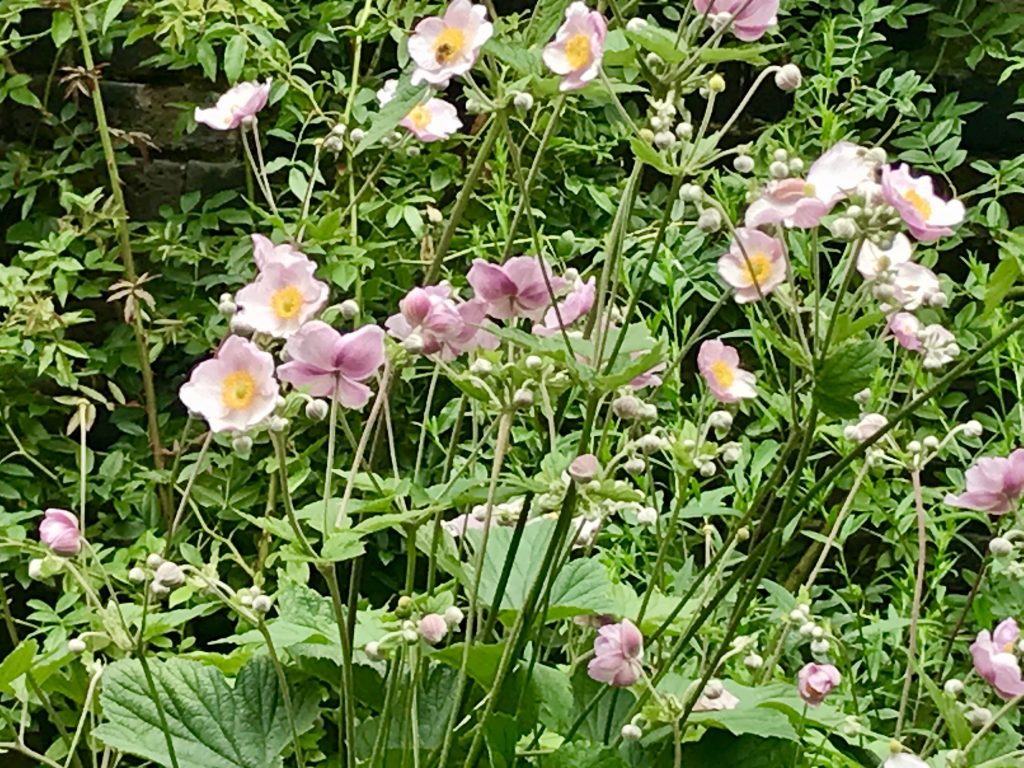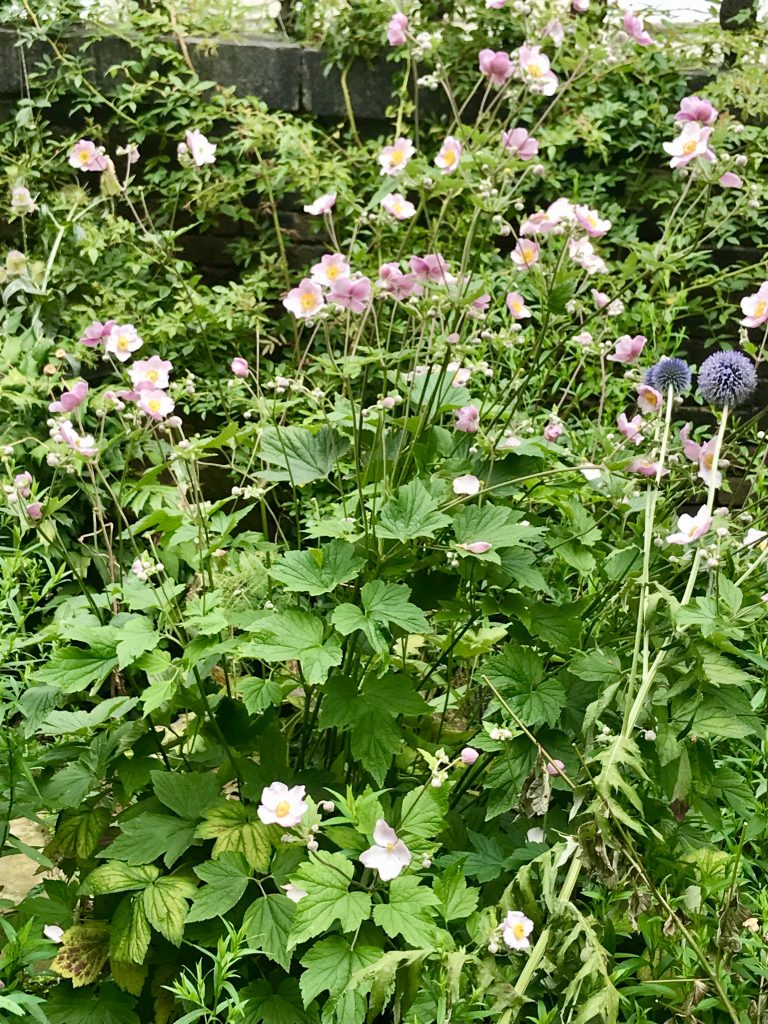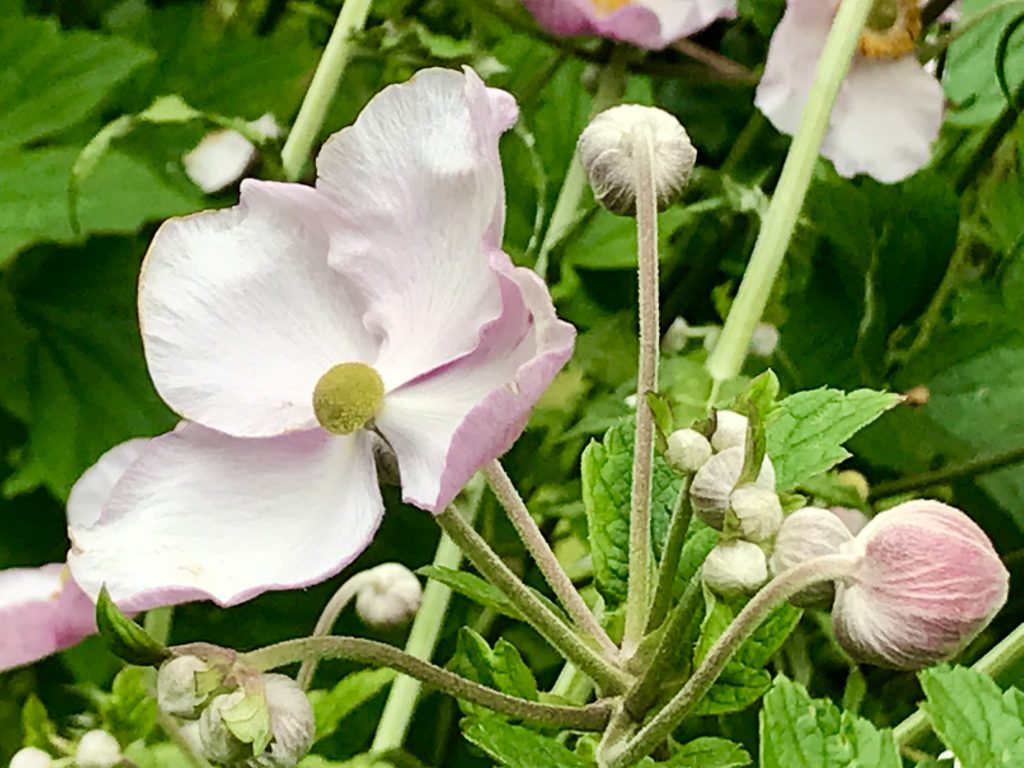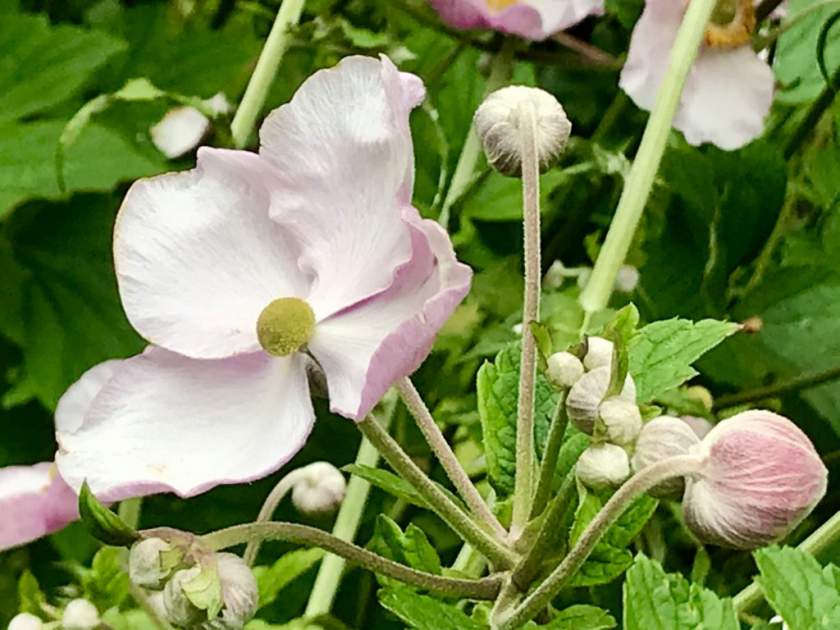Anemone hupehensis: Embracing the Beauty of Chinese Anemone
Anemone hupehensis, also known as Chinese Anemone, Anemone scabiosa, Anemone hupehensis var. japonica, Anemone x hybrida, Thimbleweed, Windflower, Japanese Anemone, or Japanese Windflower, belongs to the Ranunculaceae family of plants. This captivating herbaceous perennial is native to China and has been naturalized in Japan.
Characteristics of Anemone hupehensis: Chinese Anemone features stunning flowers with five delicate petals in shades of light pink, purple, or white. These charming blooms grace the garden from summer to early autumn and typically reach a diameter of about 5cm or 2 inches. With a clump-forming growth habit, Anemone hupehensis can grow up to approximately 3 feet or 1 meter, adding an elegant presence to any landscape.

Cultivation and Maintenance: Nurturing Anemone hupehensis
Sunlight: Grow Anemone hupehensis in locations that receive full sun or partial shade. It adapts well to both light conditions, but some protection against intense afternoon sun is beneficial.
Soil and Drainage: Plant Chinese Anemone in moist, well-drained soil. Although it can tolerate various soil types, it thrives best when the soil is fertile and drains well. Avoid excessive moisture or waterlogging to prevent issues such as root rot. Amending the soil with organic matter can improve its fertility and drainage capabilities.
Shaded Areas: Anemone hupehensis thrives in shaded areas, especially those protected or sheltered by large trees. The dappled shade and filtered light in these locations create an ideal environment for its growth and flowering.
Maintenance: After the flowering season, it is recommended to cut back the old stems of Anemone hupehensis for tidiness and to encourage better growth in the following season. Be mindful that Anemone hupehensis can be invasive, spreading through underground suckers. Monitor its growth and take necessary measures to control its spread if required.
Pest and Disease Management: Keep an eye out for common garden pests such as slugs and caterpillars, which can feed on the foliage. Additionally, watch for leaf eelworms, powdery mildew, or anemone smuts, as these can affect the health and appearance of the plant. Regular monitoring and appropriate pest and disease management practices will help ensure the plant’s vitality.
By following these cultivation guidelines, you can successfully embrace the beauty of Anemone hupehensis and enjoy its enchanting presence in your garden.






